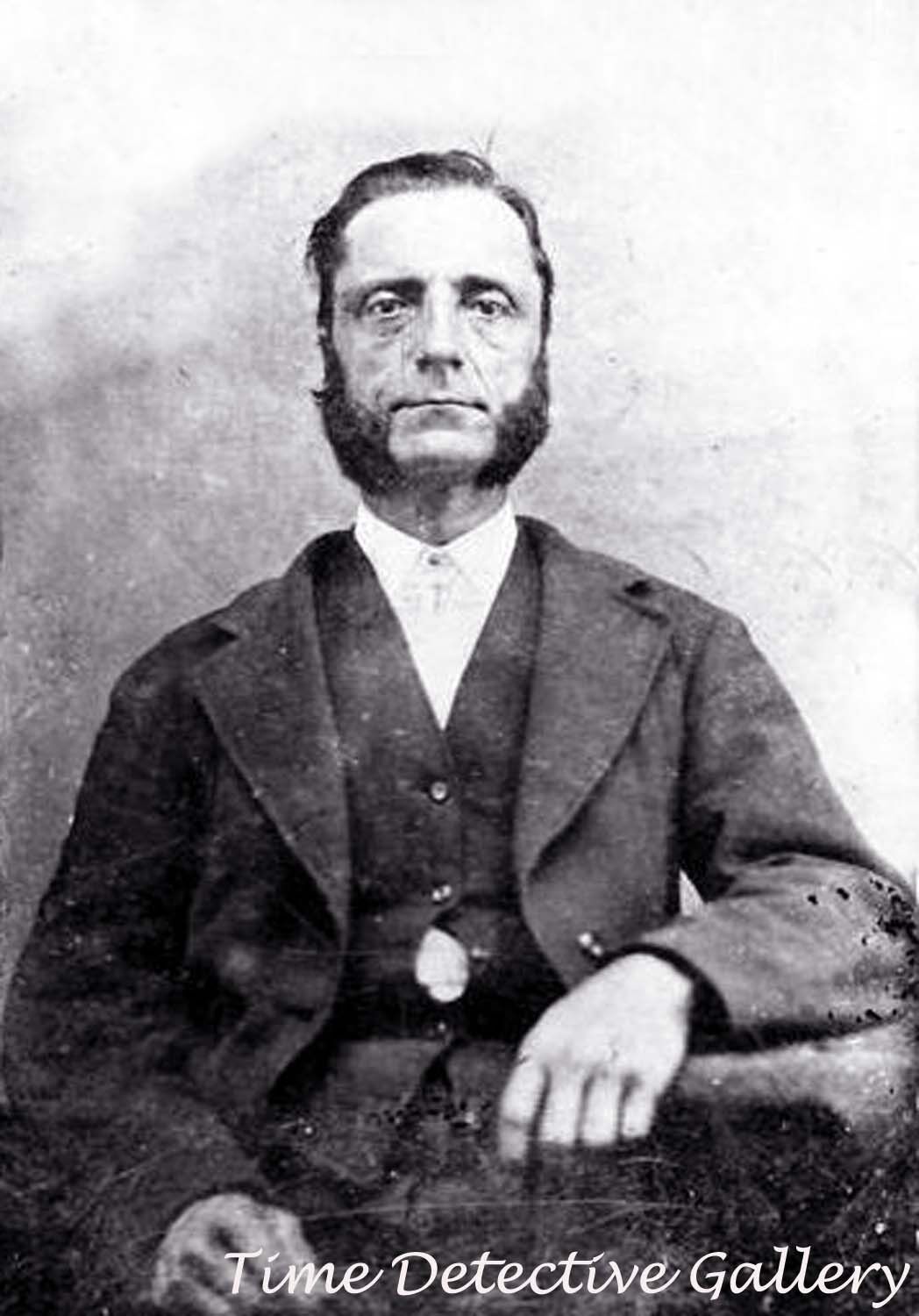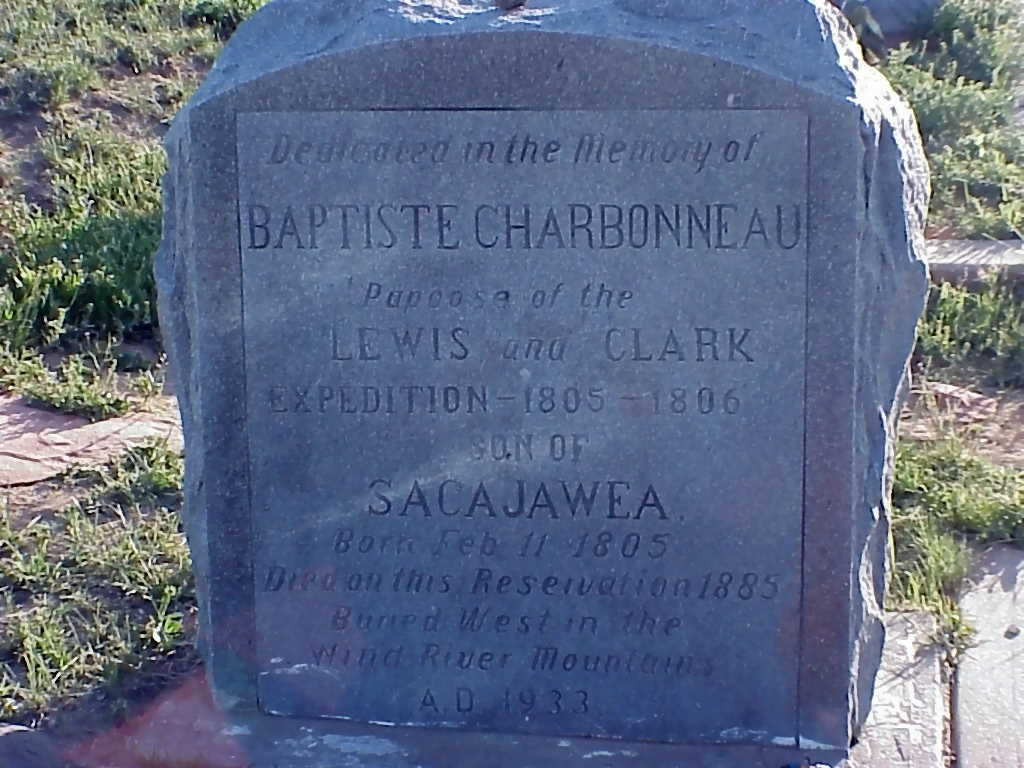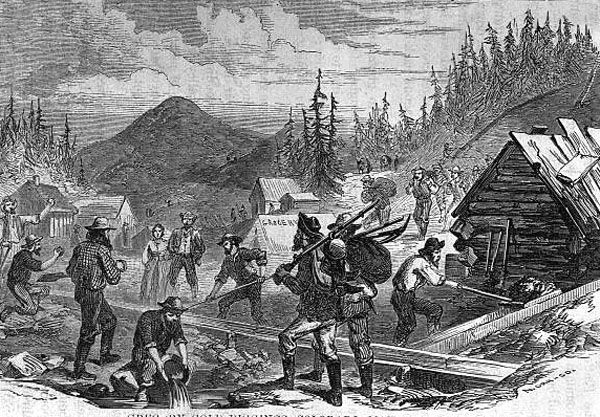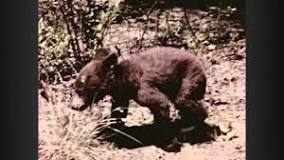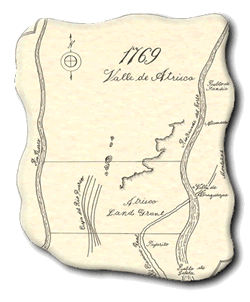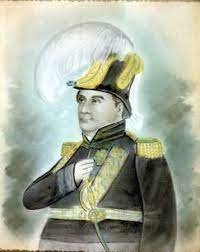
Back in July I wrote a blog about Gabriel Rene Paul, the commanding officer at Fort Union at the time of the Civil War. I had no idea then that I would run across a curious connection to him so soon, but I have: a connection between him and Sacajawea, the young Shoshone woman who traveled with the Lewis and Clark Expedition.

Not much is actually known about Sacajawea. The teenaged girl left no writings of her own, if indeed she could write. The journals, letters, official records, and reports from the period call her by many names, and often fail to record that she was even present. Author Candy Moulton’s Sacajawea: mystery, myth and legend does a great job of piecing together a thorough timeline of her life those few references, then goes on to tackle Sacajawea’s legacy and the myths surrounding her years after the Expedition.
 © 2022 by WikiCommons user Tommy5544. Permission to use granted under the Creative Commons Attribution-Share Alike 4.0 International license. This design by Glenna Goodacre and modeled by Shoshone Randy’L He-dow Teton
© 2022 by WikiCommons user Tommy5544. Permission to use granted under the Creative Commons Attribution-Share Alike 4.0 International license. This design by Glenna Goodacre and modeled by Shoshone Randy’L He-dow TetonSacajawea may be legendary for her travel with Lewis and Clark, but her legacy comes through her son, Jean Baptiste Charbonneau. Jean Baptiste was just an infant when he crossed the continent with his mother and father, the French trapper Toussaint Charbonneau. The members of the expedition nicknamed the baby Pompey, and named a prominent stone pillar in Montana after him. He is the only Native American child who has been honored to have his image placed on an American coin.
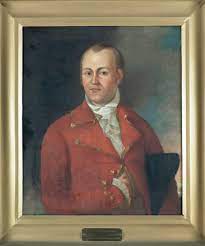 August Chouteau,
August Chouteau,William Clark was so taken with the child that he offered to adopt him and raise him as his own. This was too good an opportunity for the Frenchman and his Indian wife to refuse. Adoption by the man who had been the Indian agent for all tribes west of the Mississippi and was now the Governor of Louisiana Territory would open the child to the upper echelons of power and wealth. In 1809, when Jean Baptiste was about four years old, the couple brought him to St. Louis, where he was baptized and handed over to his new guardian.
Toussaint was clever in his choice for his son’s godfather, picking someone who would offer just as much prestige and chances for advancement as Clark himself did. August Chouteau, who jointly founded the city of St. Louis with his stepfather, Pierre de Laclède Liguest, was one of the richest and most politically prominent men on the western frontier. His twelve-year-old daughter, Eulalie, became the child’s godmother.
Toussaint was clever in his choice for his son’s godfather, picking someone who would offer just as much prestige and chances for advancement as Clark himself did. August Chouteau, who jointly founded the city of St. Louis with his stepfather, Pierre de Laclède Liguest, was one of the richest and most politically prominent men on the western frontier. His twelve-year-old daughter, Eulalie, became the child’s godmother.
Now, here’s the curious connection: Four years later, after her marriage to Louis Rene Paul, Eulalie would give birth to her son, Gabriel Rene Paul. This child would grow up to be the commander of Fort Union at the time of the Civil War, and later be seriously wounded at Gettysburg. The godmother of a child on the Lewis and Clark expedition was the mother of a Civil War general!
 Colonel Philip St. George Cook
Colonel Philip St. George CookBut that wasn’t the only connection I found between Jean Baptiste Charbonneau and someone else who’s been an interest of mine. Charbonneau followed his in his father's footsteps, becoming and trapper and guide and meeting many of the men who were famous for trailblazing the west, including Kit Carson and Jim Bridger. In 1846, during the Mexican American War, he was hired by Colonel Philip St. George Cook to guide the Mormon Battalion to California. Charbonneau met Cooke and his men in Albuquerque on October 24 and took them all the way to the Pacific. It was the second time he’d seen this ocean, but the first time he’d remember it: he’d seen it when he was just about a year old, when his mother had guided Lewis and Clark through the Rockies.
Jennifer Bohnhoff writes novels for middle school readers through adults. Gabriel Rene Paul plays a very small part in her recent novel, The Worst Enemy, book 2 of the trilogy Rebels Along the Rio Grande.


